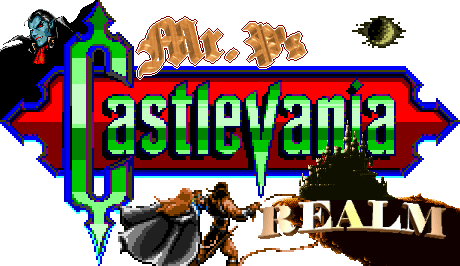
 |
|
 |
|
|
A
Guide to Maria
|
|
To play as Maria Renard, first clear a mission, earning the game's best ending, then start a new mission and enter as your name "Maria." (Richter can be unlocked as you remember--by doing the same but instead typing "Richter.")
Intent on more closely tying together the events of Dracula X: Rondo of Blood and its direct sequel, Symphony of the Night, Koji Igarashi and his crew re-imagined their respective storyline sequences to better define the characters as emotionally connected to the disturbing realities in which they now find deep burden (where they were originally portrayed as likely to meet a challenge by dismissively spewing self-righteous psychobabble). It's one change in particular that stands out: Clearly, as you'll find when playing Chronicles' version of Symphony, Koji was more dissatisfied than originally thought with Konami for allowing KCEN, which in 1998 ported the original game over to the Sega Saturn, license to lengthen the experience, most popularly, by making exclusive to the port the ability to play as Maria Renard, whose style was unique to this version and bore no resemblance to her Rondo counterpart.
The solution, for Koji, was not to ignore his distaste for its existence but to instead take a corrective measure and again alter his creation--this time to include Maria as a playable character (whose services are gained through the more traditional process of post-Alucard name-entry) in the direct mold of Rondo's younger Renard, who fought not with weird fireballs and fierce martial arts but with her animal friends and some trademark maneuvers. It is to be understood, then, that Chronicles' version of Maria Renard (and Symphony, in general) is in no way related to the Sega Saturn version outside of basic appearance.
What they do have in common is the marrying of styles when considering the two games' distinct play mechanics. That is, this version of Maria is the product of combining her Rondo persona with (fellow unlockable) Richter Belmont's play-style. This version does a superior job, though, of differentiating Maria from the Belmont hero in finding the balance: To start, Maria moves much more swiftly than Richter, never in need of a tap-forward-twice dash. This sense of speed lends itself to all of her movements, which include the double jump, the front and back dashes ("L" or "R" when grounded), and the slide kick (done while crouching).
Though faster and more agile, Maria is by far the weakest of the three characters in terms of strength (discussed in a little bit) and endurance. True to her Rondo roots, Maria's energy drains in big clumps when damaged by even the weakest enemies. This is where mastery of her attacks and basic movements plus understanding of her limitations is important, since projectile-happy bosses can take her apart in seconds compared to punching bags like Medusa, against whom she performs best. When dealing when the strongest of foes, a health-depleted Maria will need every trick in the book if she hopes to survive such repeated encounters.
As per usual with unlockable heroes, Maria's mission exists for its own sake (which is to suggest a more classic dose of series action) and doesn't follow the game's rules as created for Alucard. This has the following effects: (1) Collecting life-ups will simply replenish her energy while heart-ups adds thirty to her total. (2) She can collect but not use money. (3) There are no storyline sequences outside of a unique but largely forgettable ending. (4) Due to the absence of certain abilities, she can't access the entirety of the castle (the spike-spike lined hall of the chapel or the rooms that lay beyond grates, for instance). And (5) the Master Librarian will ignore her. Also, since she doesn't play by the RPG system, she can't collect the weapons and armor that are laying all around, so they'll be replaced by hearts, of which can collect up to 99.
Maria attacks in a most familiar fashion--by tossing out at short range a continuous flow of birds (looking more like small owls rather than the doves we remember from Rondo). While any single bird attack is very weak by the game's standard of weapons, the ability to toss them in a flurry, in endless succession, will allow for Maria to overwhelm stronger foes and take them down by brute force. Ever in tune with the forces of nature, Maria brought along a few animal friends that will assist in her mission; too, she has some other unique sub-weapons. At her command are: